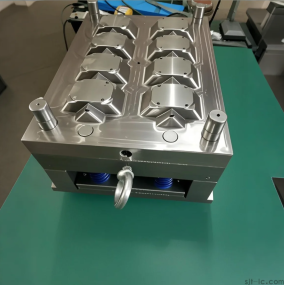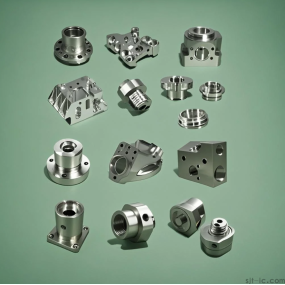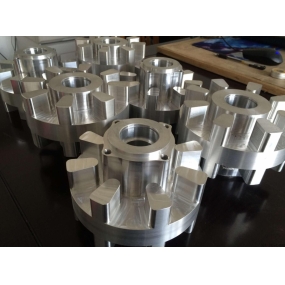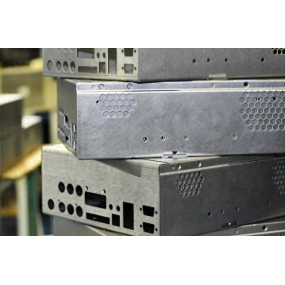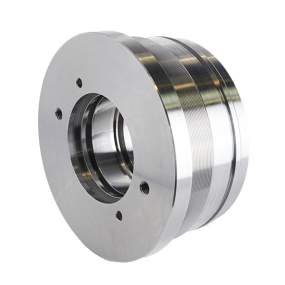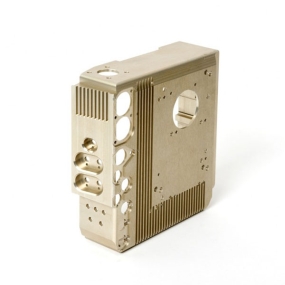What impact does the precision of a grinder have on machining?
1. In the machining process of components where process system issues affect machining accuracy, the process system is an important factor that affects machining accuracy. Once a problem occurs, machining accuracy will also decrease. Firstly, there is a problem with the manufacturing process, where the application of the process is unreasonable, or the heat generated during the manufacturing process affects the process, resulting in deviations in manufacturing techniques and leading to manufacturing errors. In addition, due to residual stress from work and deformation of the workpiece, precision errors may also occur.
2. The rotational accuracy of the grinding wheel spindle refers to the radial circular vibration and axial slip at the end of the grinding wheel spindle. Usually, the radial circular deviation and axial escape tolerance of the main shaft of the grinding wheel are 0.005mm. The grinding wheel spindle is the main motion that rotates the grinding wheel at high speed to complete grinding. Therefore, the rotational accuracy of the grinding wheel spindle directly affects the surface roughness of the workpiece.
3. Due to the rotational accuracy of the head frame spindle, which is used to drive the workpiece into circular feed forming motion, the rotational motion error of the grinder is reflected on the machining surface. The radial circular jump of the grinding disc clamp shaft causes roundness errors on the machined surface. The main axis offset of the head frame will cause a circular deviation in the axial direction on the working surface.
4. The linear motion accuracy of the worktable directly affects the machining accuracy. Due to the linear error in the vertical plane, it manifests as a change of 8 degrees in the working center on the grinder, causing a change in the working diameter, affecting the linearity of the working surface contour line, and also producing errors in the working cylindricity.
5. The thermal deformation of the grinding machine is affected by internal and external heat sources during operation, and the components will undergo thermal deformation. The heat sources that cause thermal deformation in grinding machines include grinding heat, friction heat from guide rails, transmission shafts, bearings, oil pressure systems, and heat generated by motors. The external heat source of the grinder is the convection of air and the radiation of sunlight. Due to uneven heating of various parts of the grinder, the temperature of each part of the grinder varies, resulting in different thermal deformations of each part.


 Spanish
Spanish Arabic
Arabic French
French Portuguese
Portuguese Belarusian
Belarusian Japanese
Japanese Russian
Russian Malay
Malay Icelandic
Icelandic Bulgarian
Bulgarian Azerbaijani
Azerbaijani Estonian
Estonian Irish
Irish Polish
Polish Persian
Persian Boolean
Boolean Danish
Danish German
German Filipino
Filipino Finnish
Finnish Korean
Korean Dutch
Dutch Galician
Galician Catalan
Catalan Czech
Czech Croatian
Croatian Latin
Latin Latvian
Latvian Romanian
Romanian Maltese
Maltese Macedonian
Macedonian Norwegian
Norwegian Swedish
Swedish Serbian
Serbian Slovak
Slovak Slovenian
Slovenian Swahili
Swahili Thai
Thai Turkish
Turkish Welsh
Welsh Urdu
Urdu Ukrainian
Ukrainian Greek
Greek Hungarian
Hungarian Italian
Italian Yiddish
Yiddish Indonesian
Indonesian Vietnamese
Vietnamese Haitian Creole
Haitian Creole Spanish Basque
Spanish Basque

